Experimental Study Comparing the Effectiveness of Physical Isolation and ANN Digital Compensation Methodologies at Eliminating the Stress Wave Effect Error on Piezoelectric Pressure Sensor
Abstract
1. Introduction
2. Mechanism of Stress Wave Acting on Piezoelectric Pressure Sensor (PPS)
2.1. Explosion Shock Wave Overpressure Measurement
2.2. Mechanism of Stress Wave
2.2.1. One-Dimensional Stress Wave Propagating Mechanism
2.2.2. Reflection and Transmission Mechanism of Stress Wave
- In actual test applications, stress waves enter the sensor from its side. That is, in the overpressure measurement of explosive shock waves, the stress wave is laterally introduced when the sensor is installed on the metal disk [2]. When the pressure sensor is dynamically calibrated on the side wall or at the end of the shock tube, the stress wave is also laterally introduced.
- Under different incident stress wave conditions (amplitude and changing rate), the output responses of the PPS can be studied.
3. Experimental Study on Stress Wave Effect (SWE)
3.1. Split Hopkinson Pressure Bar (SHPB) Equipment and Experimental Scheme
3.2. Experimental Data Analysis
4. Experimental Study on Stress Wave Isolation
4.1. Experiment Scheme of Stress Wave Isolation
4.2. Experimental Data Analysis
5. SWE Error Compensation Based on an Artificial Neural Network (ANN)
5.1. Artificial Neural Network (ANN) Compensation Model
5.2. Model Training and Result Analysis
6. Conclusions
Author Contributions
Funding
Conflicts of Interest
References
- Walter, P.L. Air-Blast and the Science of Dynamic Pressure Measurements. Sound Vib. 2004, 12, 10–16. [Google Scholar]
- You, W.; Ding, Y.; Wang, Y. The Analysis of Abnormal Data of Blast Wave. Chin. J. Proj. Rockets Missiles Guidance 2009, 29, 204–206. [Google Scholar]
- Ohtani, K.; Ogawa, T. Micro-explosive-induced underwater shock wave propagation and reflection at the interface. Sci. Technol. Energy Mater. 2015, 76, 139–143. [Google Scholar]
- Downes, S.; Knott, A. Determination of pressure transducer sensitivity to high frequency vibration. In Proceedings of the Imeko 22nd TC3, 12th TC5 and 3rd TC22 International Conferences, Cape Town, South Africa, 3–5 February 2014. [Google Scholar]
- Matthews, C.; Pennecchi, F.; Eichstädt, S.; Malengo, A.; Esward, T.; Smith, I.; Elster, C.; Knott, A.; Arrhén, F.; Lakka, A. Mathematical modeling to support traceable dynamic calibration of pressure sensors. Metrologia 2014, 51, 326–338. [Google Scholar] [CrossRef]
- Lakhmadulin, X.A. Shock Tube, 1st ed.; National Defense Industry Press: Beijing, China, 1965; pp. 136–156. [Google Scholar]
- Xu, F.; Ma, T. Modeling and Studying Acceleration-Induced Effects of Piezoelectric Pressure Sensors Using System Identification Theory. Sensors 2019, 19, 1052. [Google Scholar] [CrossRef] [PubMed]
- Gradolph, C.; Friedberger, A.; Muller, G.; Wilde, J. Impact of high-g and high vibration environments on piezoresistive pressure sensor performance. Sens. Actuators A 2009, 150, 69–77. [Google Scholar] [CrossRef]
- Hu, Y.; Lin, J.; Jin, F.; Shi, P.; Hu, H.; Li, X. Strain Type Pressure Rod Gauge Used for Measuring Blast Loading. Chin. J. Exp. Mech. 2006, 21, 547–552. [Google Scholar]
- Shi, P.; Ye, X.; Hu, Y. Application of Bar Strain Type Pressure Sensor in Load Test of Blast Wave. Chin. J. Vib. Shock 2007, 26, 126–128. [Google Scholar]
- Shi, P. Study on Traveling Wave Rod Measurement Technology for Blast Wave Load in Explosive Vessel. Master’s Thesis, National University of Defense Technology, Changsha, China, 2007. [Google Scholar]
- Duan, Z.; Liu, Y.; Pi, A.; Huang, F. Foil-like Manganin Gauges for Dynamic High Pressure Measurements. Chin. Meas. Sci. Technol. 2011, 22, 075206. [Google Scholar] [CrossRef]
- Selecting Piezoresistive, vs. Piezoelectric Pressure Transducers. Available online: https://www.docin.com/p-1615302206.html (accessed on 20 December 2019).
- Wang, L. Foundation of Stress Waves, 2nd ed.; National Defense Industry Press: Beijing, China, 2005; pp. 7–31. [Google Scholar]
- Fan, F.; Xu, J. High-temperature Loading Techniques in Large-diameter SHPB Experiment and Its Application. Chin. Explos. Shock Waves 2013, 33, 54–60. [Google Scholar]
- Wang, P.; Xu, S.; Zheng, H.; Hu, S. Influence of Deformation Modes on SHPB Experimental Results of Cellular Metal. Chin. J. Theor. Appl. Mech. 2012, 44, 928–932. [Google Scholar]
- Zeng, M.; Huang, H.; Peng, L.; Wu, S. Dynamic Properties of Crumb Rubber Modified Asphalt Concrete under Impact Loading. Chin. J. Hunan Univ. (Nat. Sci.) 2011, 38, 1–7. [Google Scholar]
- Deng, Q.; Ye, T.; Miao, Y. Study on Overloading-resistibility of Initiator and Energetic Materials Based on the Technique of Hopkinson Pressure Bar. Chin. J. Explos. Propellants 2009, 32, 66–70. [Google Scholar]
- Xiong, B.; Demartino, C.; Xiao, Y. High-strain rate compressive behavior of CFRP confined concrete: Large diameter SHPB tests. Constr. Build. Mater. 2019, 201, 484–501. [Google Scholar] [CrossRef]
- Singh, S.S.; Parameswaran, V.; Kitey, R. Dynamic compression behavior of glass filled epoxy composites: Influence of filler shape and exposure to high temperature. Compos. Part B 2019, 164, 103–115. [Google Scholar] [CrossRef]
- Gu, T.; Kong, D.; Jiang, J.; Shang, F.; Chen, J. Pressure prediction model based on artificial neural network optimized by genetic algorithm and its application in quasi-static calibration of piezoelectric high-pressure sensor. Rev. Sci. Instrum. 2016, 87, 125005. [Google Scholar] [CrossRef] [PubMed]
- Kim, M.; Cho, J.; Lee, S.; Jung, Y. IMU Sensor-Based Hand Gesture Recognition for Human-Machine Interfaces. Sensors 2019, 19, 3827. [Google Scholar] [CrossRef] [PubMed]
- Gu, T.; Kong, D.; Shang, F.; Chen, J. Measurement correction method for force sensor used in dynamic pressure calibration based on artificial neural network optimized by genetic algorithm. Metrologia 2017, 54, 810. [Google Scholar] [CrossRef]
- Dai, X.; Yin, M.; Wang, Q. A Novel Dynamic Compensating Method Based on ANN Inverse System for Sensors. Chin. J. Sci. Instrum. 2004, 25, 593–596. [Google Scholar]
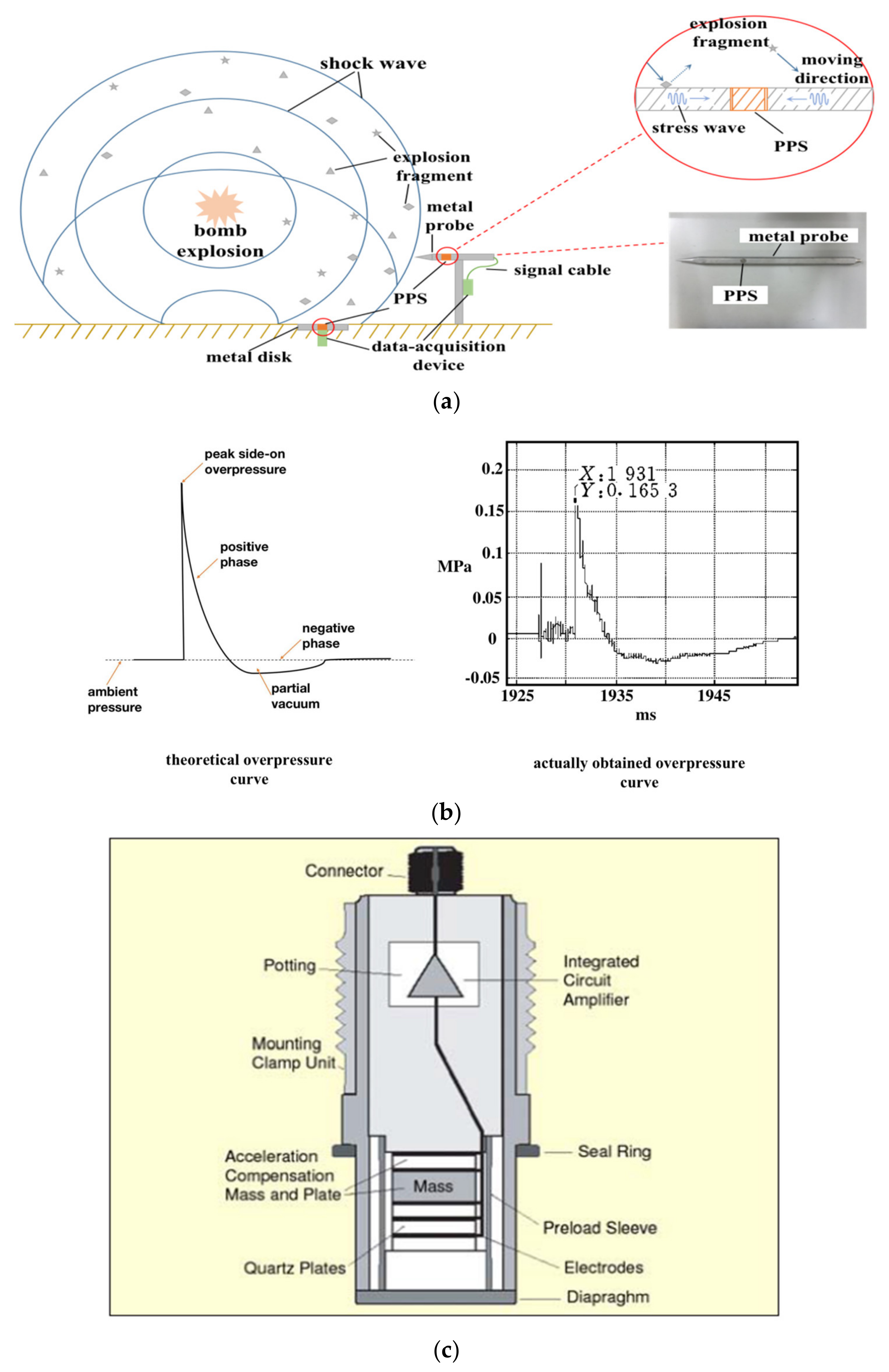
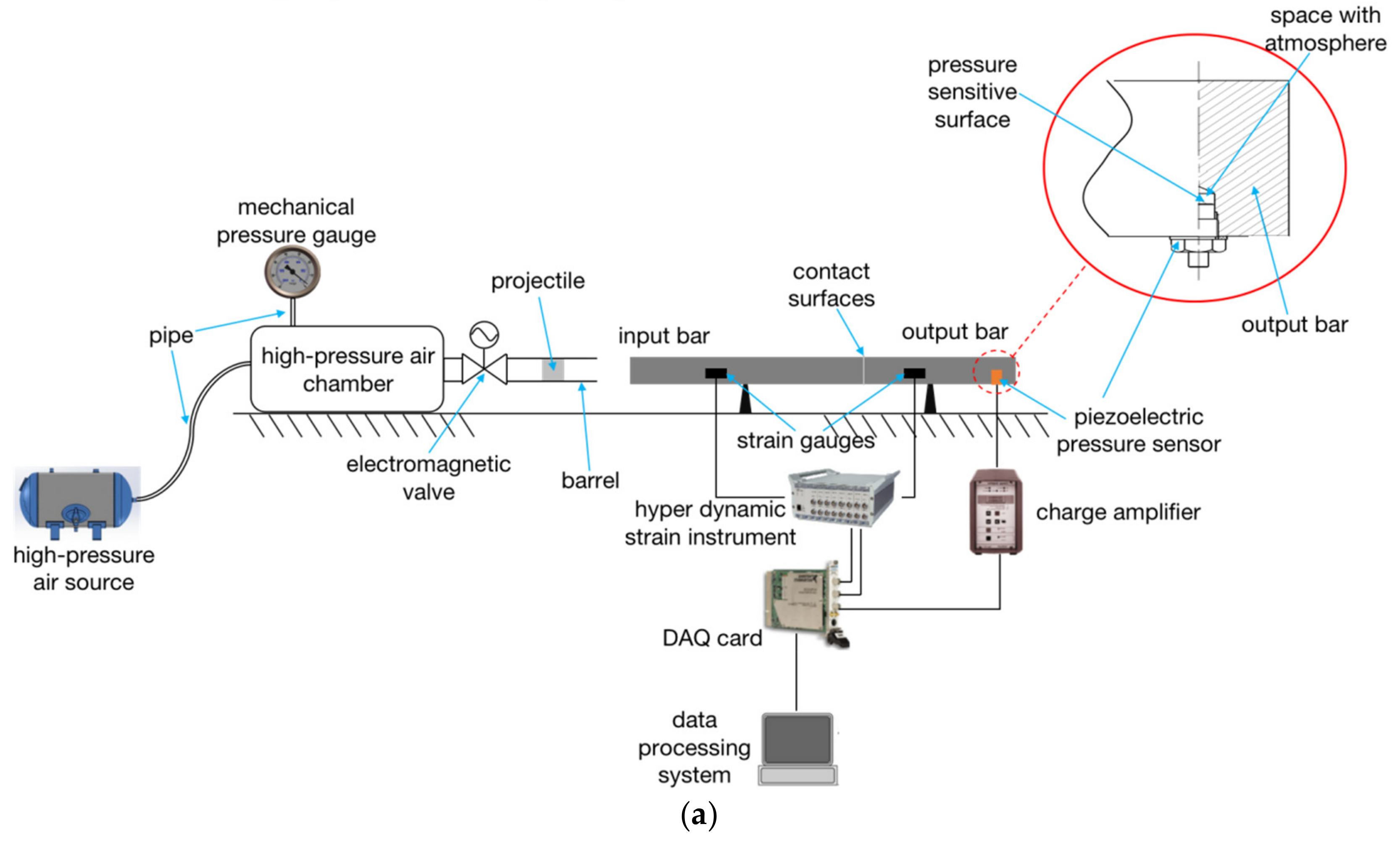
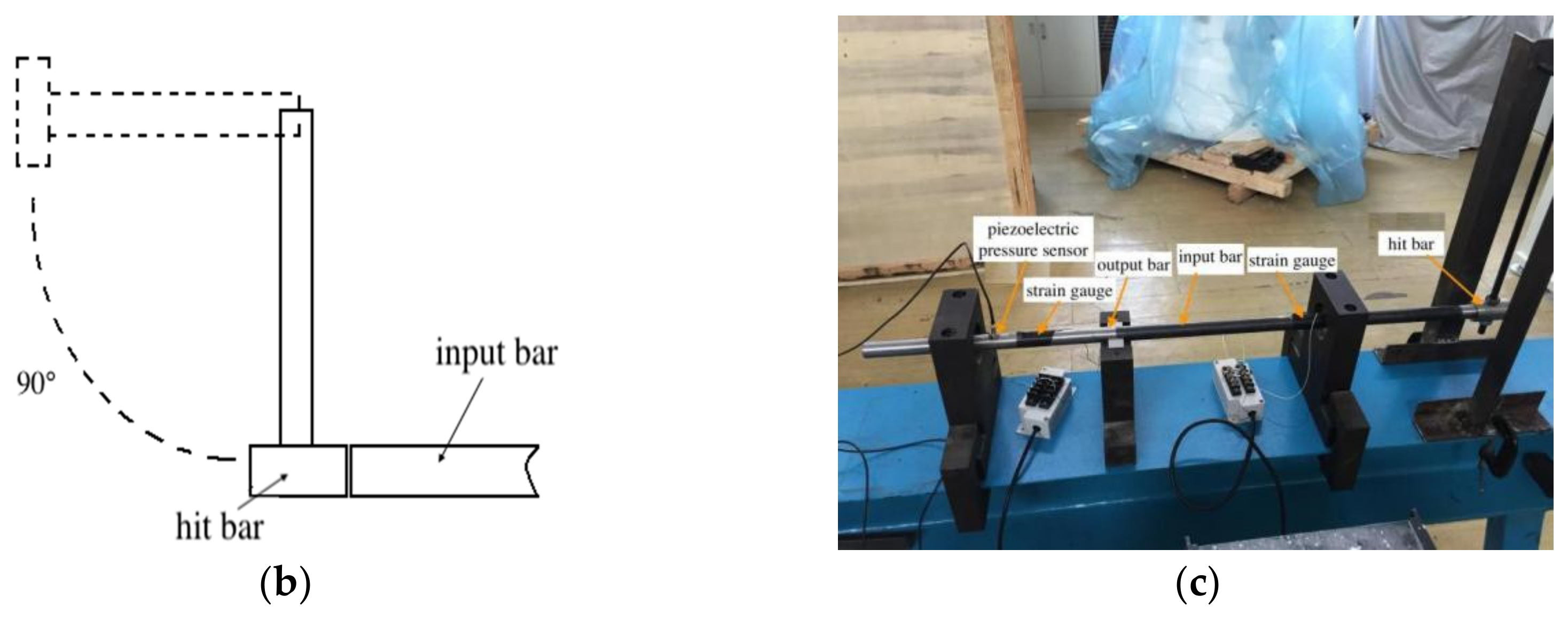
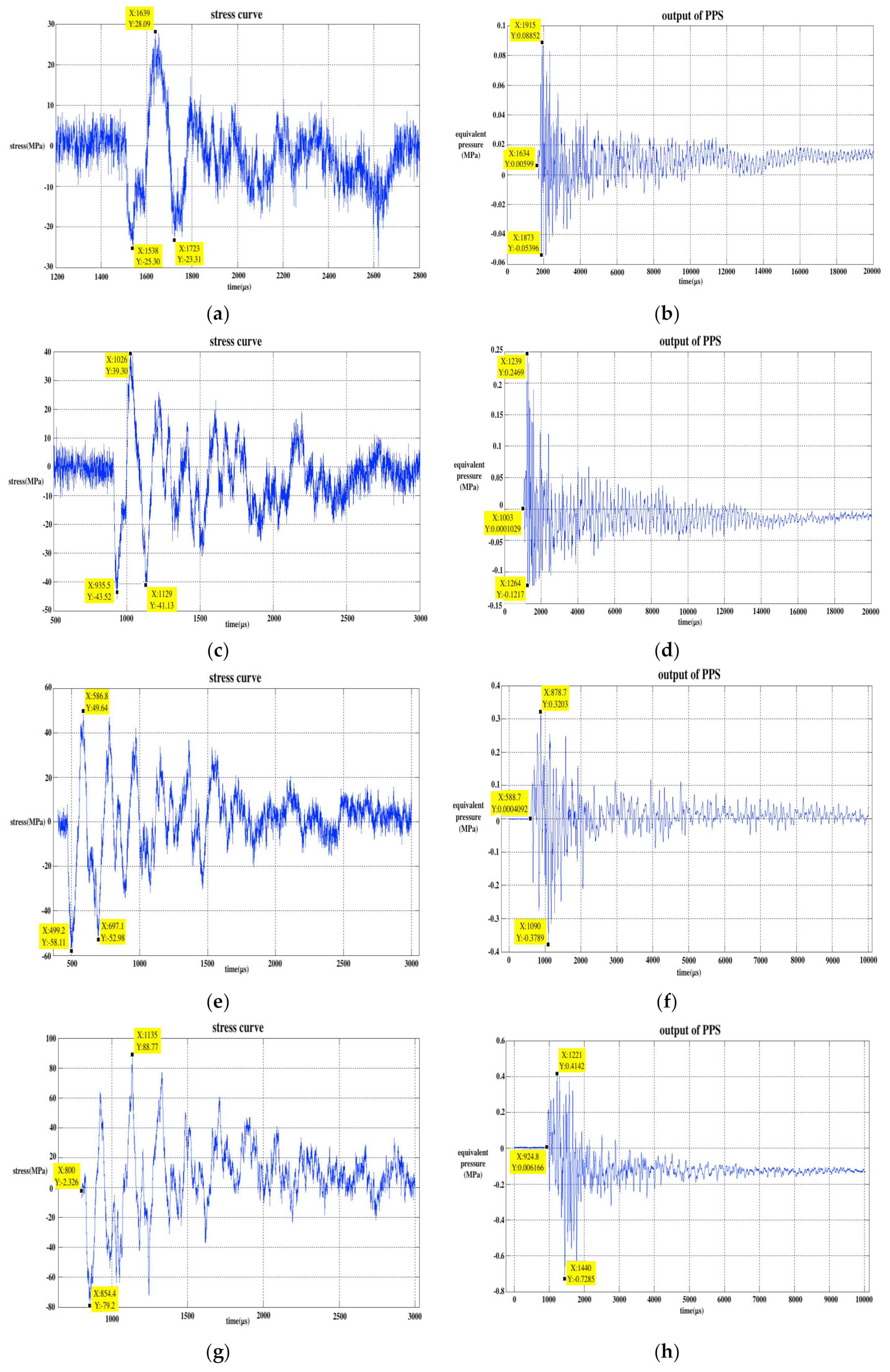


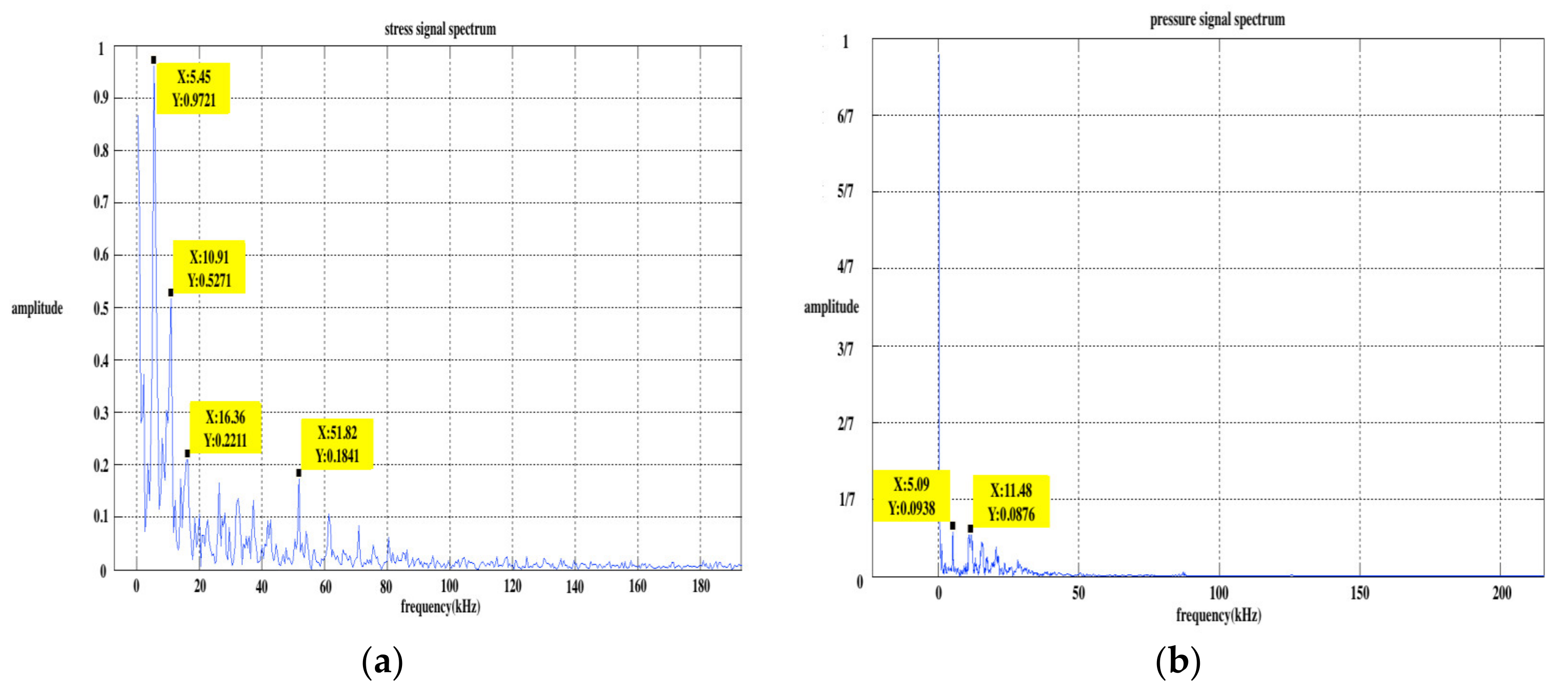

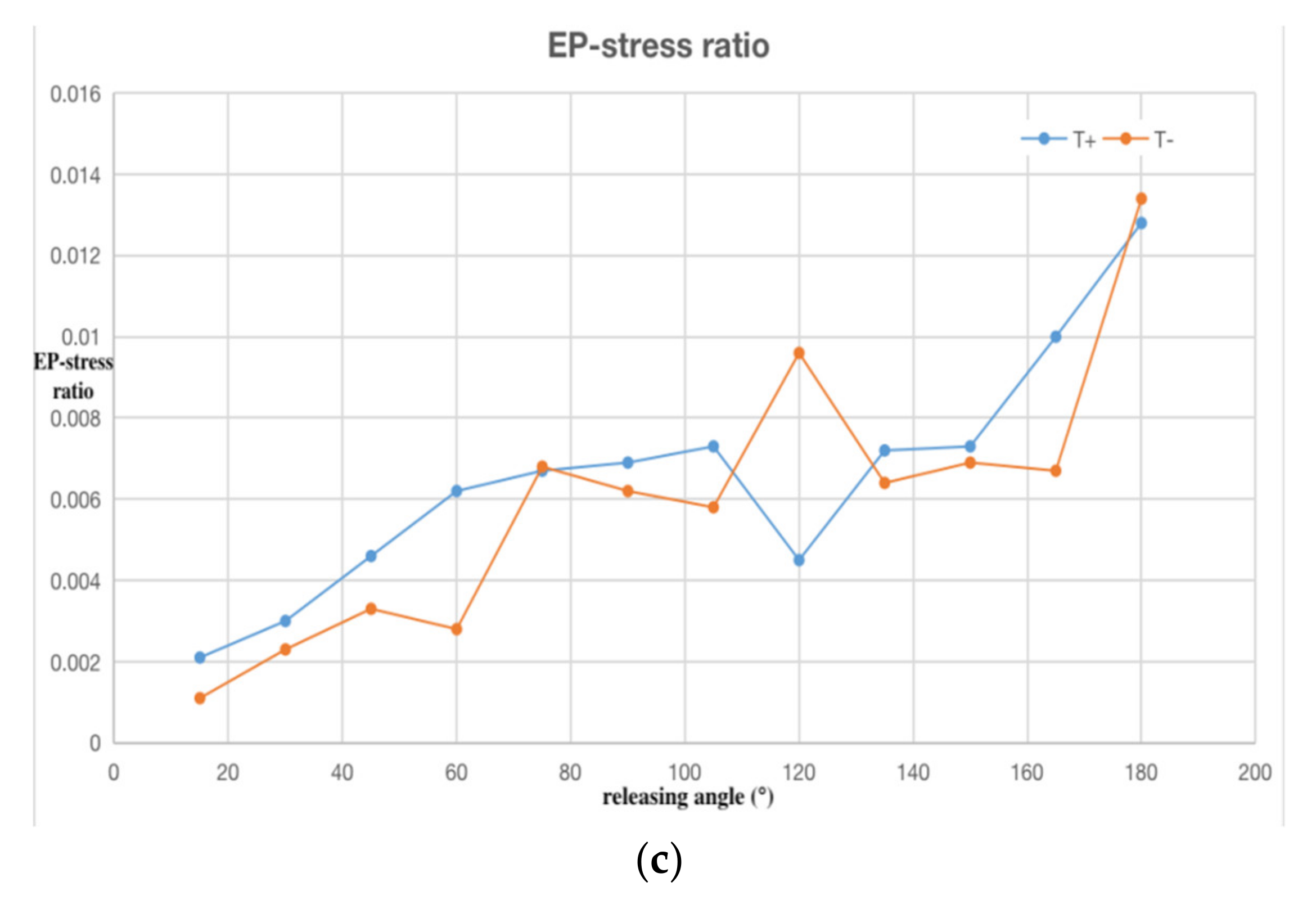
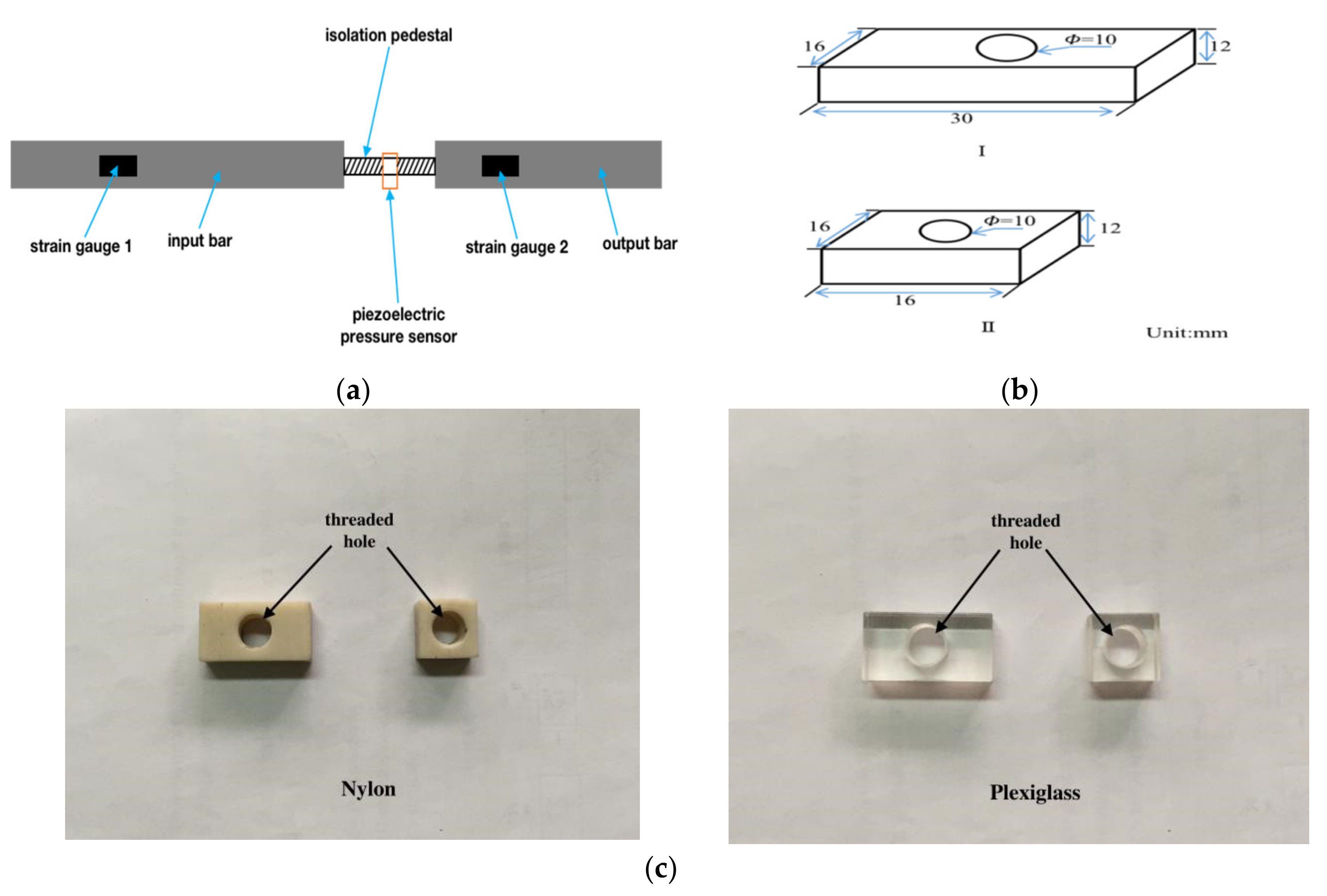
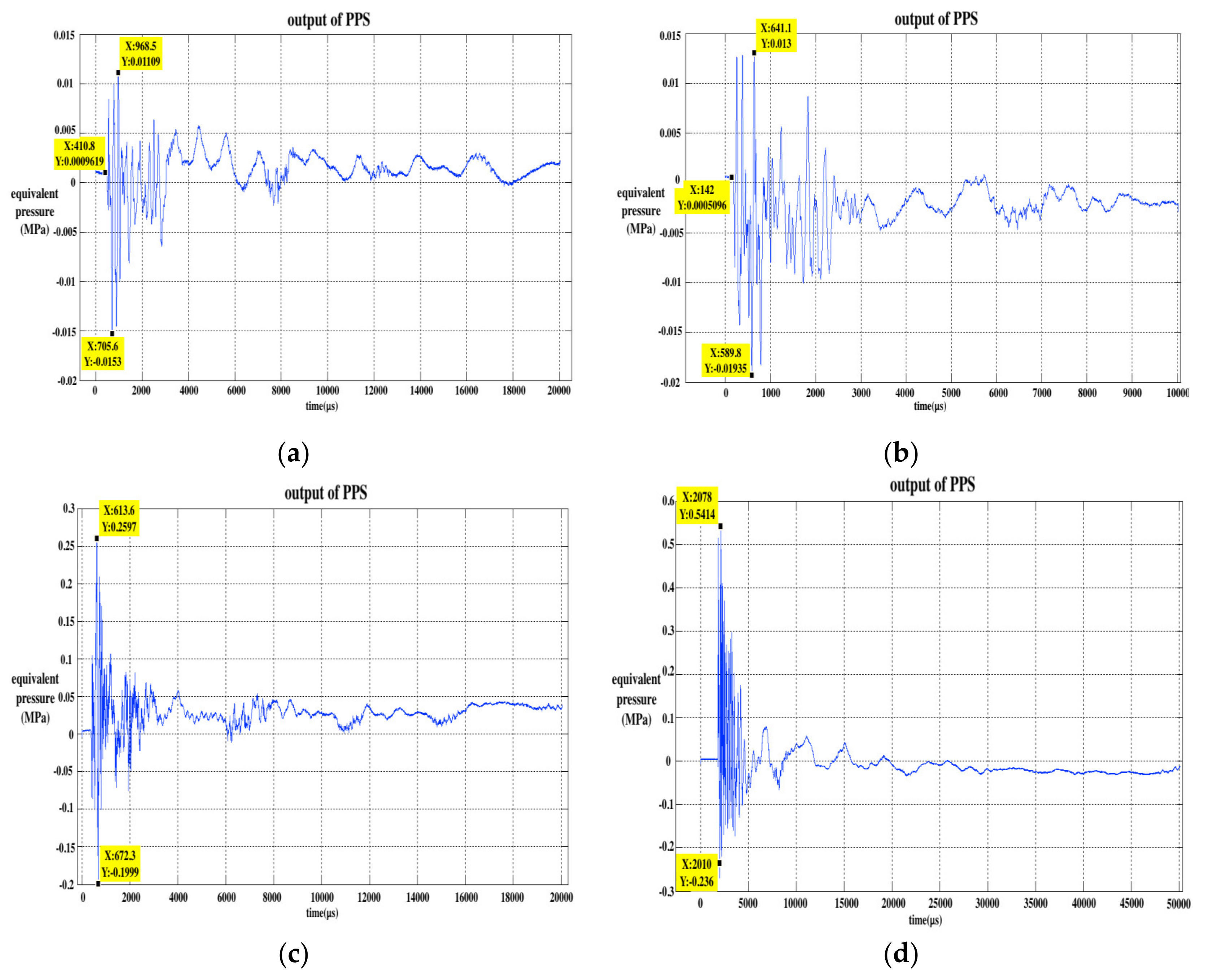
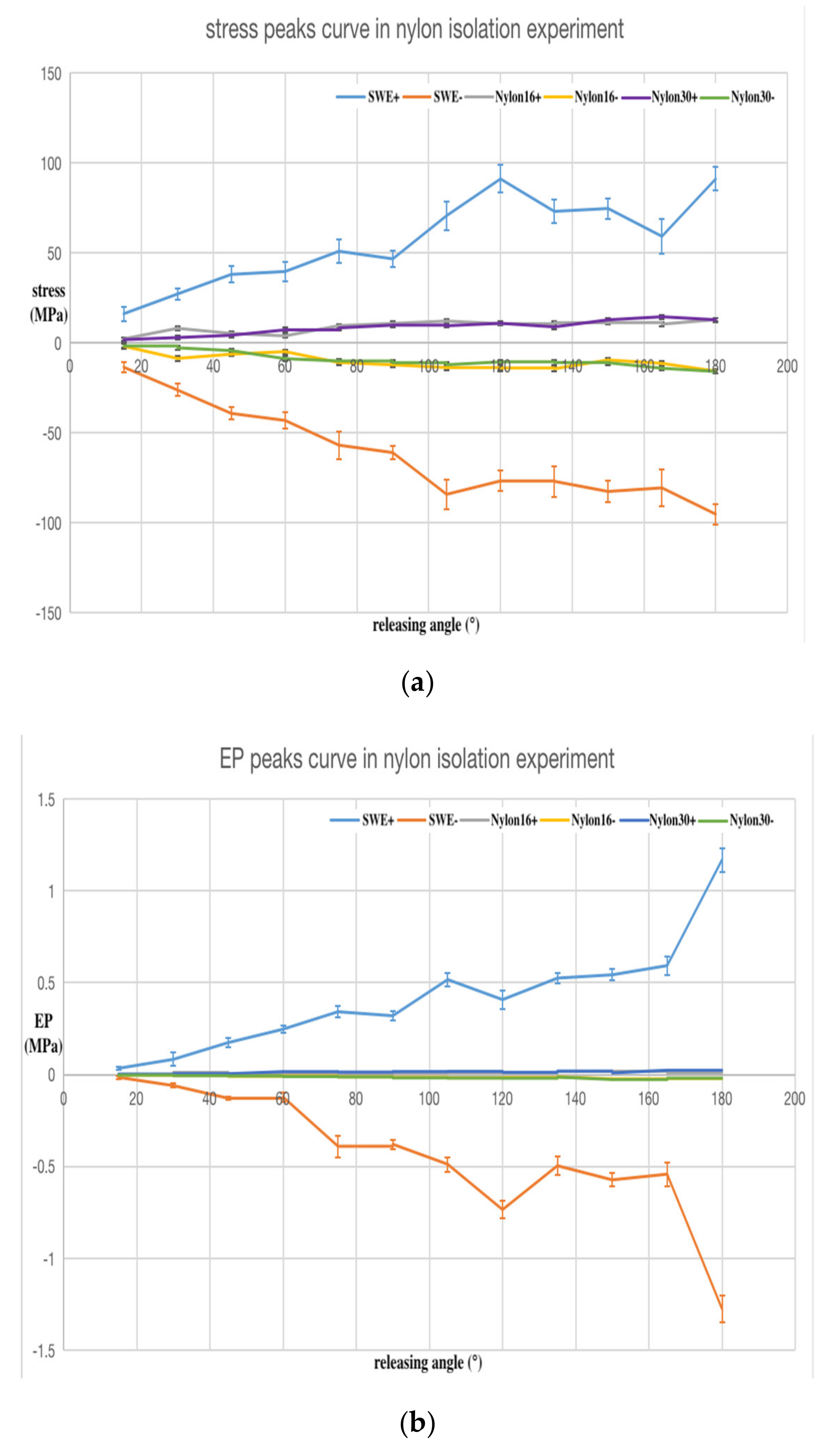
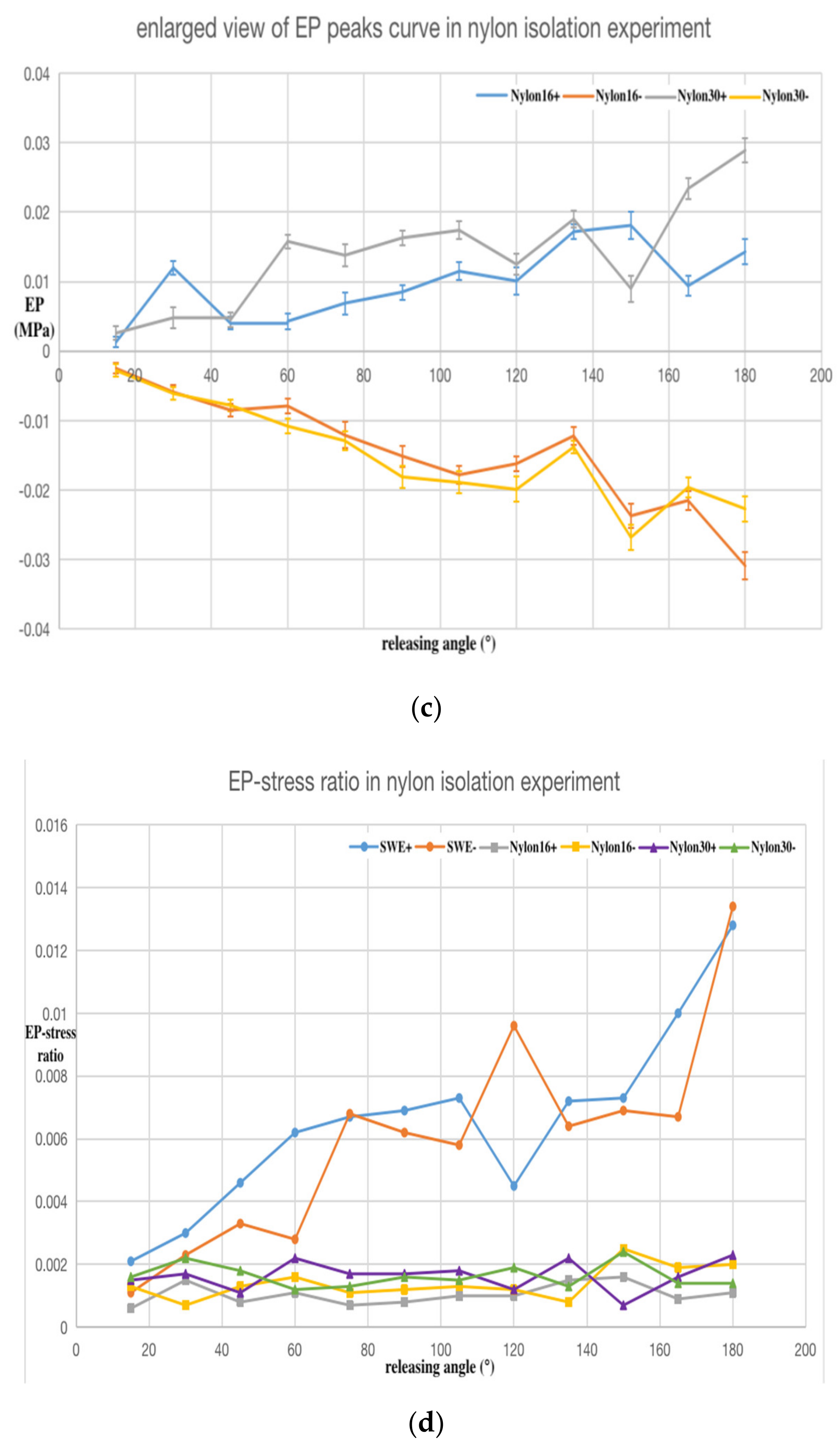
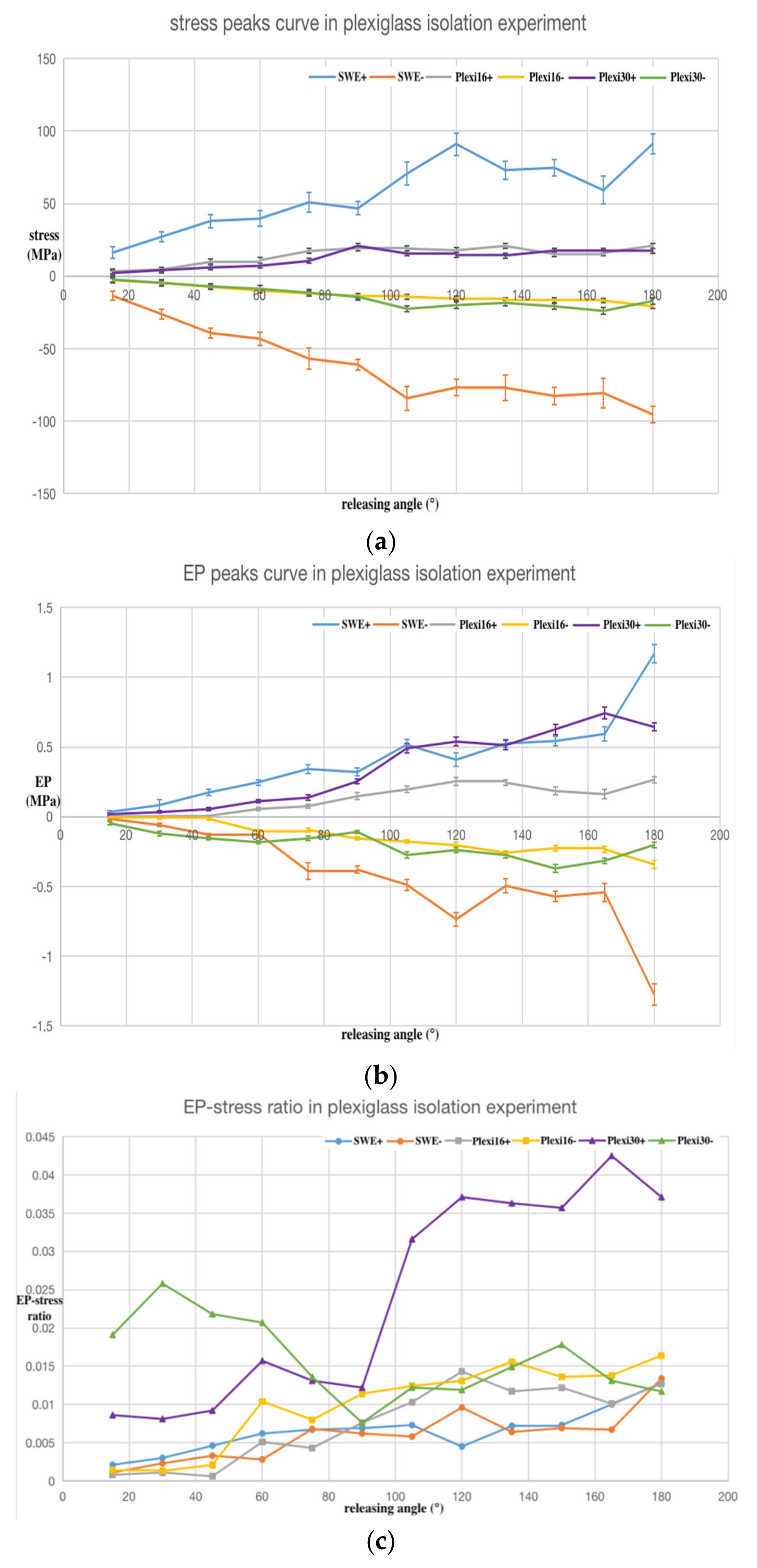
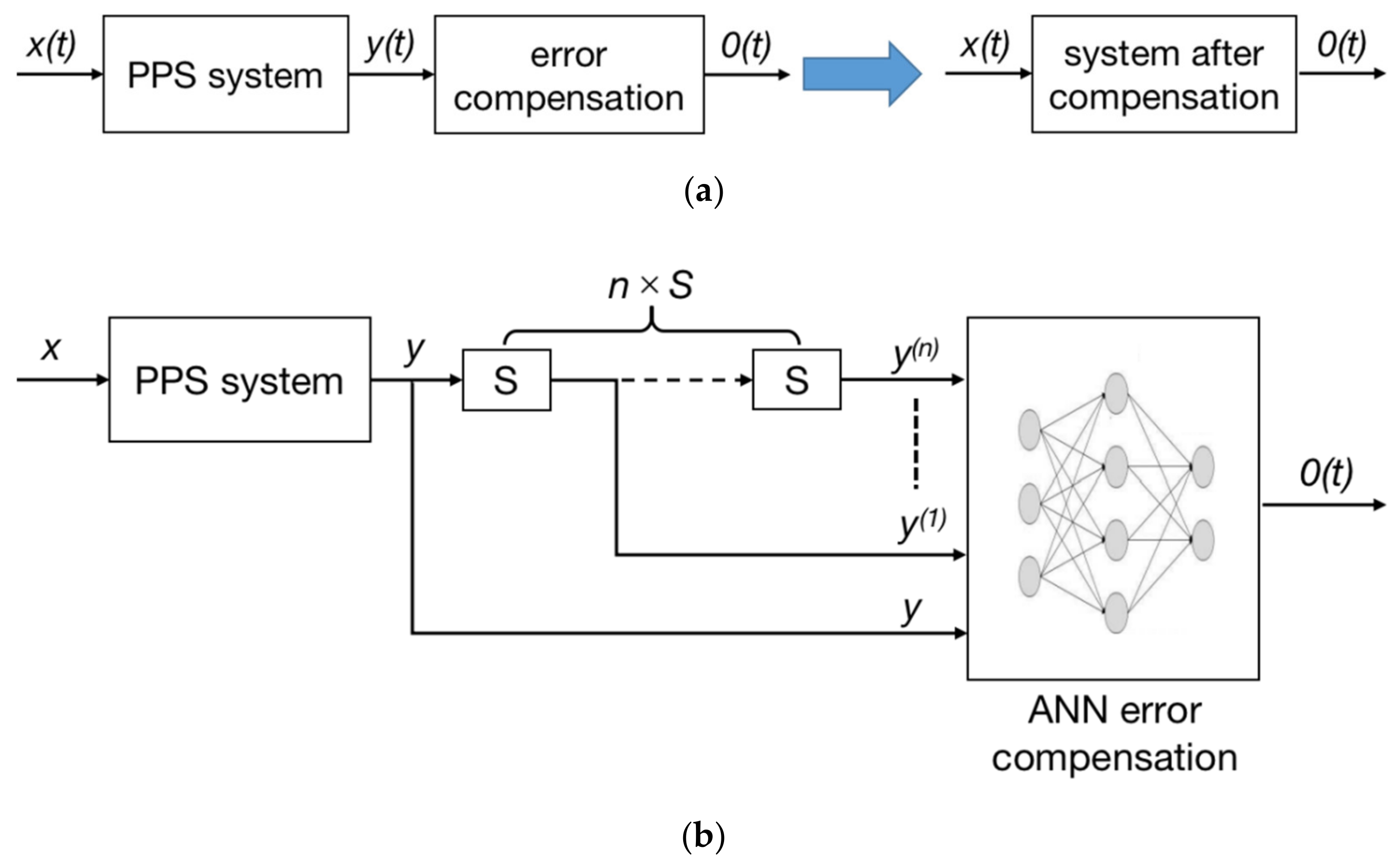
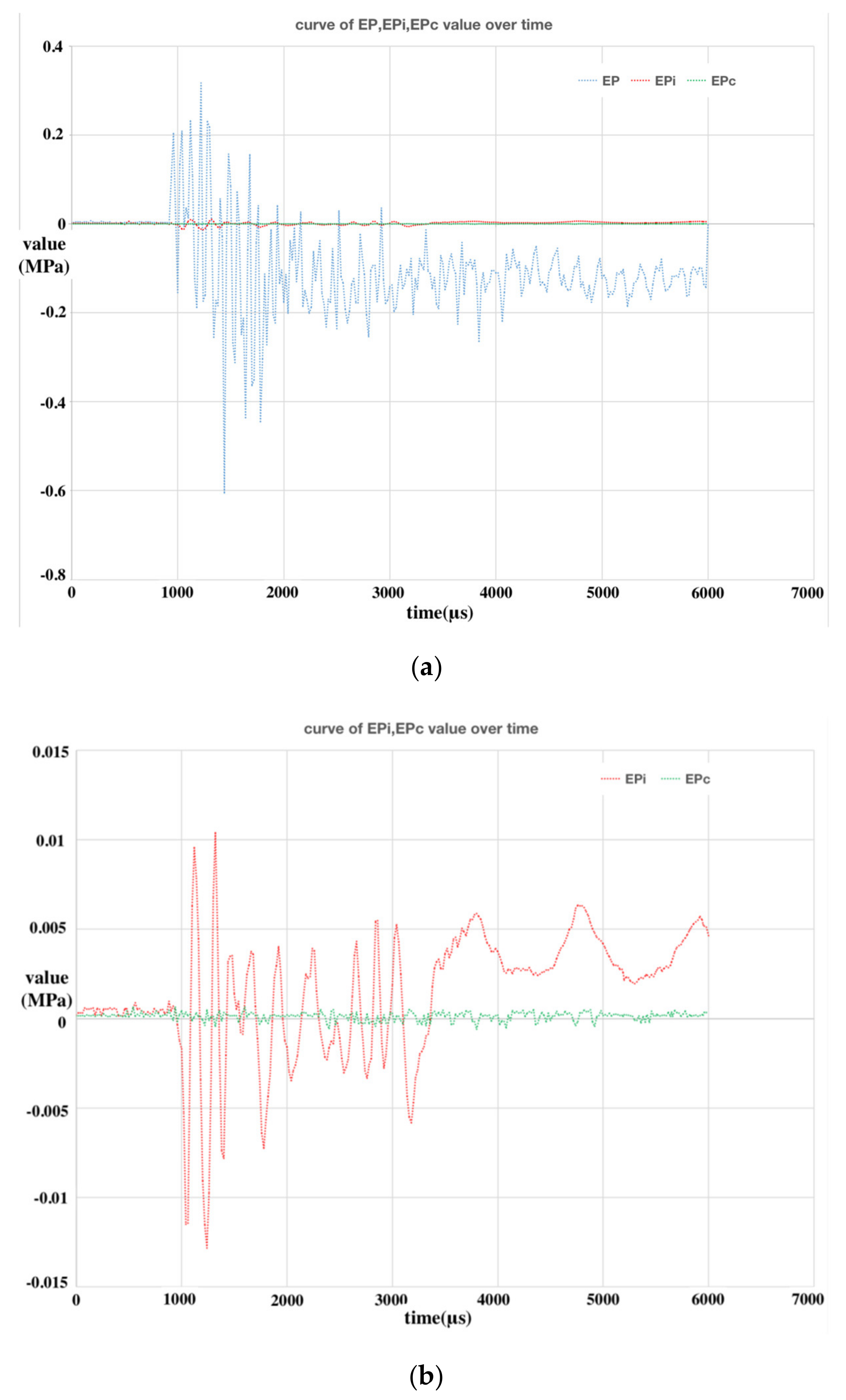

| Releasing Angle (°) | 15 | 30 | 45 | 60 | 75 | 90 | 105 | 120 | 135 | 150 | 165 | 180 | |
|---|---|---|---|---|---|---|---|---|---|---|---|---|---|
| Stress Wave | highest positive peaks (MPa) | 16.10 | 27.09 | 38.00 | 39.60 | 50.88 | 46.64 | 70.67 | 91.10 | 73.04 | 74.65 | 59.17 | 91.11 |
| highest negative peaks (MPa) | 13.60 | 26.30 | 39.31 | 43.22 | 56.98 | 61.11 | 84.30 | 76.87 | 77.07 | 82.72 | 80.72 | 95.36 | |
| spectrum points (kHz) | 6.0 | 6.2 | 5.7 | 5.6 | 5.9 | 5.8 | 5.6 | 5.4 | 5.6 | 5.6 | 5.5 | 5.5 | |
| 10.9 | 10.6 | 11.7 | 11.2 | 11.2 | 10.8 | 10.7 | 10.9 | 10.8 | 10.8 | 10.9 | 10.6 | ||
| PPS Output | highest positive peaks (MPa) | 0.034 | 0.083 | 0.174 | 0.247 | 0.342 | 0.320 | 0.517 | 0.408 | 0.525 | 0.543 | 0.593 | 1.169 |
| highest negative peaks (MPa) | 0.015 | 0.060 | 0.129 | 0.122 | 0.390 | 0.379 | 0.488 | 0.735 | 0.496 | 0.573 | 0.542 | 1.275 | |
| spectrum points (kHz) | 5.0 | 5.0 | 5.0 | 5.0 | 5.1 | 5.0 | 5.1 | 5.1 | 5.0 | 5.1 | 5.0 | 5.2 | |
| 10.9 | 11.4 | 11.3 | 11.5 | 11.5 | 11.5 | 11.6 | 10.5 | 11.3 | 11.6 | 11.5 | 11.9 | ||
| EP– Stress Ratio | positive | 0.21% | 0.30% | 0.46% | 0.62% | 0.67% | 0.69% | 0.73% | 0.45% | 0.72% | 0.73% | 1.00% | 1.28% |
| negative | 0.11% | 0.23% | 0.33% | 0.28% | 0.68% | 0.62% | 0.58% | 0.96% | 0.64% | 0.69% | 0.67% | 1.34% | |
| Part Name | Input Bar and Output Bar | Isolation Pedestal | |
|---|---|---|---|
| Material | Steel | Plexiglass | Nylon |
| Wave impedance/(Pa·s·m−1) × 105 | 452 | 31 | 29 |
© 2020 by the authors. Licensee MDPI, Basel, Switzerland. This article is an open access article distributed under the terms and conditions of the Creative Commons Attribution (CC BY) license (http://creativecommons.org/licenses/by/4.0/).
Share and Cite
Feng, L.; Ma, T. Experimental Study Comparing the Effectiveness of Physical Isolation and ANN Digital Compensation Methodologies at Eliminating the Stress Wave Effect Error on Piezoelectric Pressure Sensor. Sensors 2020, 20, 2397. https://doi.org/10.3390/s20082397
Feng L, Ma T. Experimental Study Comparing the Effectiveness of Physical Isolation and ANN Digital Compensation Methodologies at Eliminating the Stress Wave Effect Error on Piezoelectric Pressure Sensor. Sensors. 2020; 20(8):2397. https://doi.org/10.3390/s20082397
Chicago/Turabian StyleFeng, Lei, and Tiehua Ma. 2020. "Experimental Study Comparing the Effectiveness of Physical Isolation and ANN Digital Compensation Methodologies at Eliminating the Stress Wave Effect Error on Piezoelectric Pressure Sensor" Sensors 20, no. 8: 2397. https://doi.org/10.3390/s20082397
APA StyleFeng, L., & Ma, T. (2020). Experimental Study Comparing the Effectiveness of Physical Isolation and ANN Digital Compensation Methodologies at Eliminating the Stress Wave Effect Error on Piezoelectric Pressure Sensor. Sensors, 20(8), 2397. https://doi.org/10.3390/s20082397




